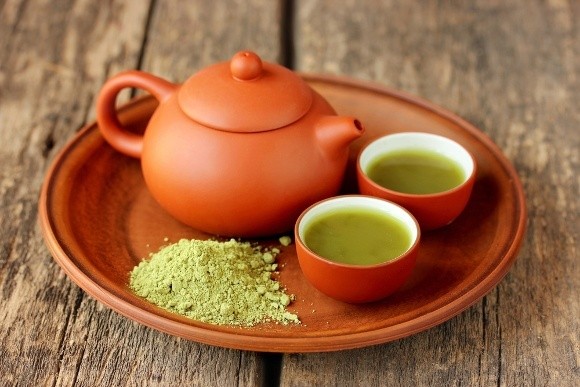Matcha is an increasing popular type of green tea with many of the same health benefits of normal green tea. It is grown and prepared differently than regular green tea, however, and typically contains more caffeine and antioxidants.
Studies have shown that matcha can be more effective than normal green tea when it comes to fighting bacteria, fungi and viruses. It may also reduce the risk of kidney and liver damage while lowering blood sugar, triglyceride and cholesterol levels.
Since matcha is more concentrated in antioxidants, a single cup of matcha may be equivalent to about 3 cups of regular green tea.
Because it strong and highly concentrated, it is advisable to drink no more than 2 cups of matcha per day. In addition, macha may contain contaminants from the soil or environment that are harmful in large amounts.
It’s useful to know that matcha has a rich, sweet taste when prepared properly in accordance with Japanese tradition.
Nevertheless:
Matcha can have a grassy and bitter taste, and is often served with a sweetener or milk. Matcha powder is also popular in smoothies and baking.
To prepare matcha tea, mix 1 tsp of powder with hot (not boiling) water. Use a whisk to make a smooth drink with froth on top.
Matcha is typically available in 3 consistencies:
- Standard: Most people mix 1 teaspoon of matcha powder with 2 ounces of hot water.
- Usucha (thin): This thinner version uses about half a teaspoon of matcha, mixed with about 3–4 ounces of hot water.
- Koicha (thick): This thick version is sometimes part of Japanese tea ceremonies. 2 teaspoons of matcha are mixed with about 1 ounce of hot water. There is no foam, and a higher grade of matcha is required.
Watch the video on the next page to see a quick demonstration of how to make matcha:

